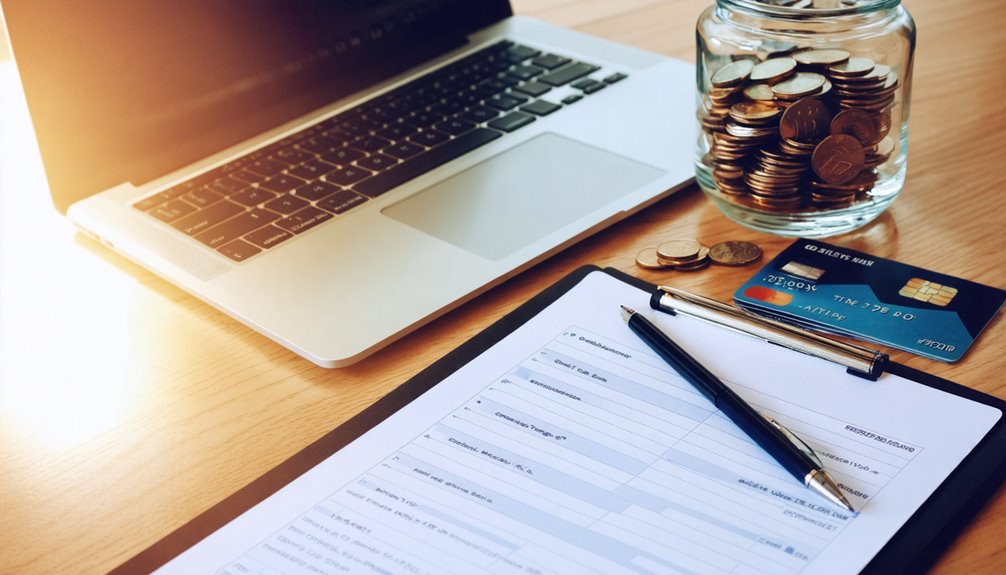How Much Does Eharmony Cost? Is It Worth the Investment?

We break down eHarmony’s pricing, what each plan includes, typical promo ranges, and how it stacks up on value. Costs vary by term, with 12–24 month plans often netting $35–$65 per month before discounts, billed upfront and auto-renewing. We’ll quantify features like compatibility matching, premium filters, and profile visibility, and compare cost-per-outcome versus rivals. If you want fewer, higher-quality matches, the math can work—if not, there’s a catch you should know.
Current Eharmony Subscription Plans and Prices

Start with what matters: eHarmony currently sells Premium memberships in multi-month terms, with prices varying by length and occasional promotions. We see three membership tiers bundled by duration, not features: typically 6, 12, and 24 months. Monthly pricing decreases as term length increases, while total commitment rises. Recent public ranges show effective monthly pricing often around $35–$65 for 12 months and lower per month for 24 months, with shorter terms priced higher. Billing occurs upfront for the full term, though prices are presented as monthly equivalents. Discounts appear during seasonal sales. Auto-renewal applies unless we cancel before the renewal date.
What Features You Get at Each Membership Tier

Drill into the fine print: eHarmony’s “tiers” are really just term lengths, so paid features are the same across 6-, 12-, and 24‑month plans. We enable unlimited messaging, full photo access, and advanced Match filters. We see Compatibility scores on every profile, plus detailed personality breakdowns and match reasons. Conversation prompts and guided icebreakers streamline first contact. We can verify profiles and hide our status. Read receipts track engagement. Profile boosts increase visibility during peak hours. We also get daily new matches, saved searches, and mobile app parity. The feature set doesn’t scale by tier; only the commitment does.
Typical Discounts, Promotions, and Ways to Save

We frequently see eHarmony run timed promotions that cut monthly rates by 20–60%, especially on 12- and 24-month plans. We track these limited time offers most often around seasonal sales like New Year, Valentine’s Day, and late summer. Prepaying longer terms typically yields the deepest effective monthly price. We also see occasional student discounts verified through third-party services. Referral promos appear periodically, granting credits or percentage cuts when friends join. New-member welcome discounts are common within the first week of signup. Stacking isn’t typical, so the best practice is to compare current promo codes, plan lengths, and expiration windows before purchasing.
How Eharmony Compares to Other Dating Apps on Value
While its sticker price often sits above swipe-based apps, eHarmony’s value hinges on outcomes and feature depth. We compare costs against results: higher monthly fees fund a lengthy questionnaire, guided communication, and compatibility scoring. Reported matching success rates trend higher than casual platforms, reflecting narrower user demographics that skew commitment-minded and slightly older. In contrast, Tinder and Bumble offer lower entry costs and faster discovery but lower intent signals. Hinge positions mid-tier on price and seriousness. Premium tiers elsewhere add boosts and visibility; eHarmony invests in filtering and guidance, reducing churn-causing mismatches. Net: we pay more to waste less time.
Is Eharmony Worth It for Your Dating Goals?
Higher fees only matter if they align with what you want: long-term pairing or casual discovery. We evaluate Eharmony’s fit by matching budget to outcomes. Its screening emphasizes compatibility, detailed profiles, and guided prompts. If we prioritize clarity around communication styles and relationship expectations, the structured process can justify cost. If we want rapid swiping, it may not.
- Match quality: deeper questionnaires reduce mismatches and ghosting.
- Time-to-connection: fewer chats, higher intent, slower funnel.
- Cost-per-date: higher monthly fee, potentially fewer but better dates.
- Goal fit: strong for commitment seekers; casual browsers may find limited value.
Conclusion
In short, eHarmony’s pricing scales with term length, with effective monthly rates often landing between $35–$65 before promos, billed upfront and auto-renewing. We get the most value from longer plans when we want in-depth matching, guided profiles, and higher-intent users. Discounts, seasonal sales, and bundled terms can lower costs. Compared to swipe apps, we trade volume for quality. If we’re seeking a serious relationship, it’s worth it; for casual dating, cheaper, flexible options fit better.
